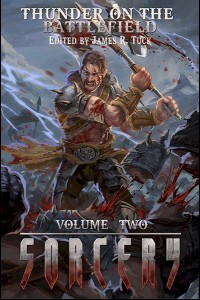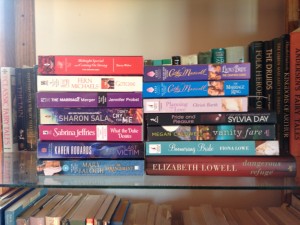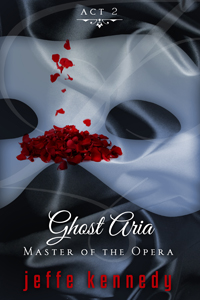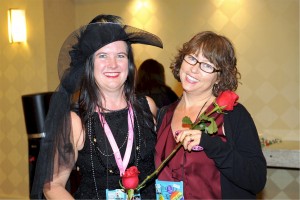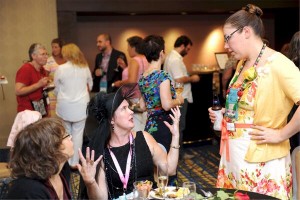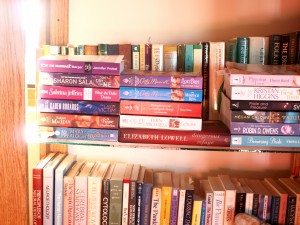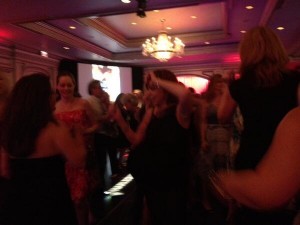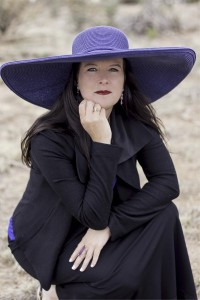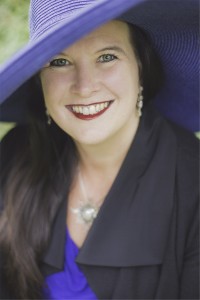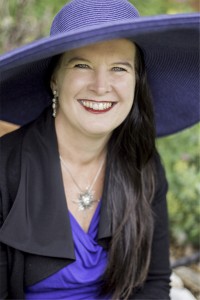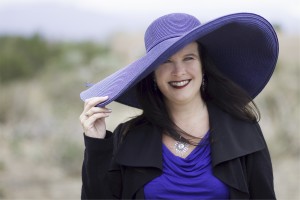Okay, so it’s not a pet-the-pretty cover, but bloody decapitations for the win! The Thunder on the Battlefield anthology is out in digital on Thursday! (Or so they promise – it’s not up anywhere yet.) There’s to be print editions as well, theoretically out “mid-August.” I’ll try to keep you all apprised. My story, Negotiation, is in Volume II (pictured). It’s a bit of a prequel to my Twelve Kingdoms trilogy that will be out starting next June. Here’s the blurb:
A wounded warrior trapped by the sorceress who knows him better than he does himself…
General Uorsin escapes the last devastating battle, only to find himself alone on a mountain, feverish and no closer to finding the paradise that drives him on. Salena, greatest shapeshifter and magic-worker of her people, springs the trap she’s set to protect her land—and to prevent the ravager Uorsin from ever reaching it.
Together, they spend a night setting the terms that will determine not only the rest of their lives, but the fates of the peoples of the Twelve Kingdoms—and the thirteenth.
Amusingly, since this will be the first story about this world that any of you see, I’ll have to obey everything I set up in it. This is a bit unsettling as I’m currently drafting book 2 (The Tears of the Rose) and revising book 1 (The Mark of the Tala). I swear, you guys, I’m having to set up a series bible and draw maps and everything. I don’t know what’s gotten into me.
I can tell you one thing – no one does this kind of thing for the erotic romances.
At least, I haven’t had to. Though, now that I think about it, seeing a bible for such a thing would be hysterical. I’m imaging a catalog of sex acts and so forth. Come to think of it, I’ll have an erotic novel coming out in the next year or so that might need it. I’ve just received a contract from Carina for three full-length erotic romances (yay!) and one will involve a very complex, living BDSM contract. I very well may have to lay that out. So to speak.
Hee.
Anyway the first of those isn’t due until March 1, so I’ll think about that in the spring. Fiddle-dee-dee.
(Did you all know that Scarlett O’Hara was only 16 at the beginning of Gone with the Wind? It explains so much…)
At any rate, here is the new, reduced book pile. Three commenters will win a book!
